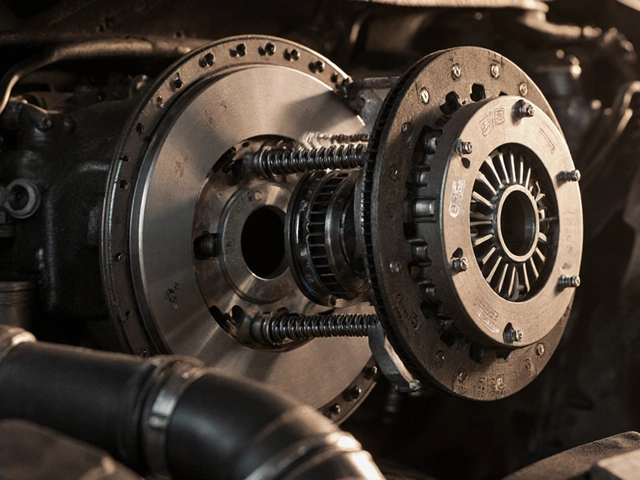Coolant Flush: The Simple Way to Keep Your Engine Happy
If you’ve ever noticed your temperature gauge creeping up or your heater blowing cold air, a coolant flush might be the fix you need. It’s not a fancy repair – it’s just swapping old, dirty coolant for fresh fluid so your radiator and engine stay at the right temperature.
Why a Coolant Flush Matters
Coolant does more than keep things cool. It protects metal parts from rust, prevents the radiator from freezing in winter, and helps the water pump run smoothly. Over time the fluid breaks down, picks up rust particles, and loses its anti‑freeze properties. When that happens, heat can build up, causing overheating, poor heater performance, and even costly engine damage.
Most manufacturers suggest a flush every 30,000 to 60,000 miles, but the exact schedule depends on your driving habits, the type of coolant you use, and the climate you live in. If you drive in salty coastal areas or frequently tow heavy loads, you’ll want to check the coolant more often.
How to Know It’s Time for a Flush
Here are the easiest signs that your cooling system needs attention:
- Engine temperature gauge stays in the red zone.
- Heater blows only cold air, even when the engine is hot.
- Visible rust or sludge in the coolant reservoir.
- Coolant smells sweet or has a strange color change.
- Frequent low‑coolant warnings on the dashboard.
If you see any of these, don’t wait – a flush can stop a small problem from turning into a big repair bill.
Doing the flush yourself is doable if you have basic tools, a drain pan, and the right coolant mix. The steps are straightforward:
- Park on a level surface, let the engine cool, and open the radiator cap.
- Locate the drain plug at the bottom of the radiator, place the pan, and let the old fluid drain out.
- Close the drain plug, fill the system with a flush solution (or a 50/50 mix of water and coolant), run the engine for 10‑15 minutes, then let it cool and drain again.
- Finally, refill with the correct coolant type for your car, bleed any air pockets, and check the level.
Even if you’re comfortable with DIY, a professional shop can do the job faster and guarantee that no air remains trapped in the system – a common cause of overheating after a DIY flush.
At Northwich Tyres Centre we offer a quick coolant flush service that includes a full system inspection, pressure test, and a refill with high‑quality coolant. Our technicians know the right mix for every make and model, and they’ll reset your warning lights so you’re back on the road with confidence.
Pricing is transparent – a standard flush starts around £70, and we’ll let you know if any extra work is needed before we start. Plus, we check the radiator, hoses, and thermostat while we’re there, so you avoid surprise breakdowns later.
Bottom line: A coolant flush isn’t a luxury, it’s basic car care. It prevents overheating, keeps your heater working, and extends the life of expensive parts like the water pump and radiator. Schedule yours at Northwich Tyres Centre or follow the simple steps above to keep your engine cool year‑round.
 22 June 2025
22 June 2025
How Often Do Car Radiators Need Replacement?
Wondering when you should replace your car radiator? This article explains the real lifespan of car radiators, the things that wear them out, and how to spot problems before they turn serious. Get straight answers, practical maintenance tips, and learn why some radiators last a decade while others fail fast. You'll pick up signs that hint at bigger issues and ways to make your radiator last longer. Save your car (and money) from surprise breakdowns.






0